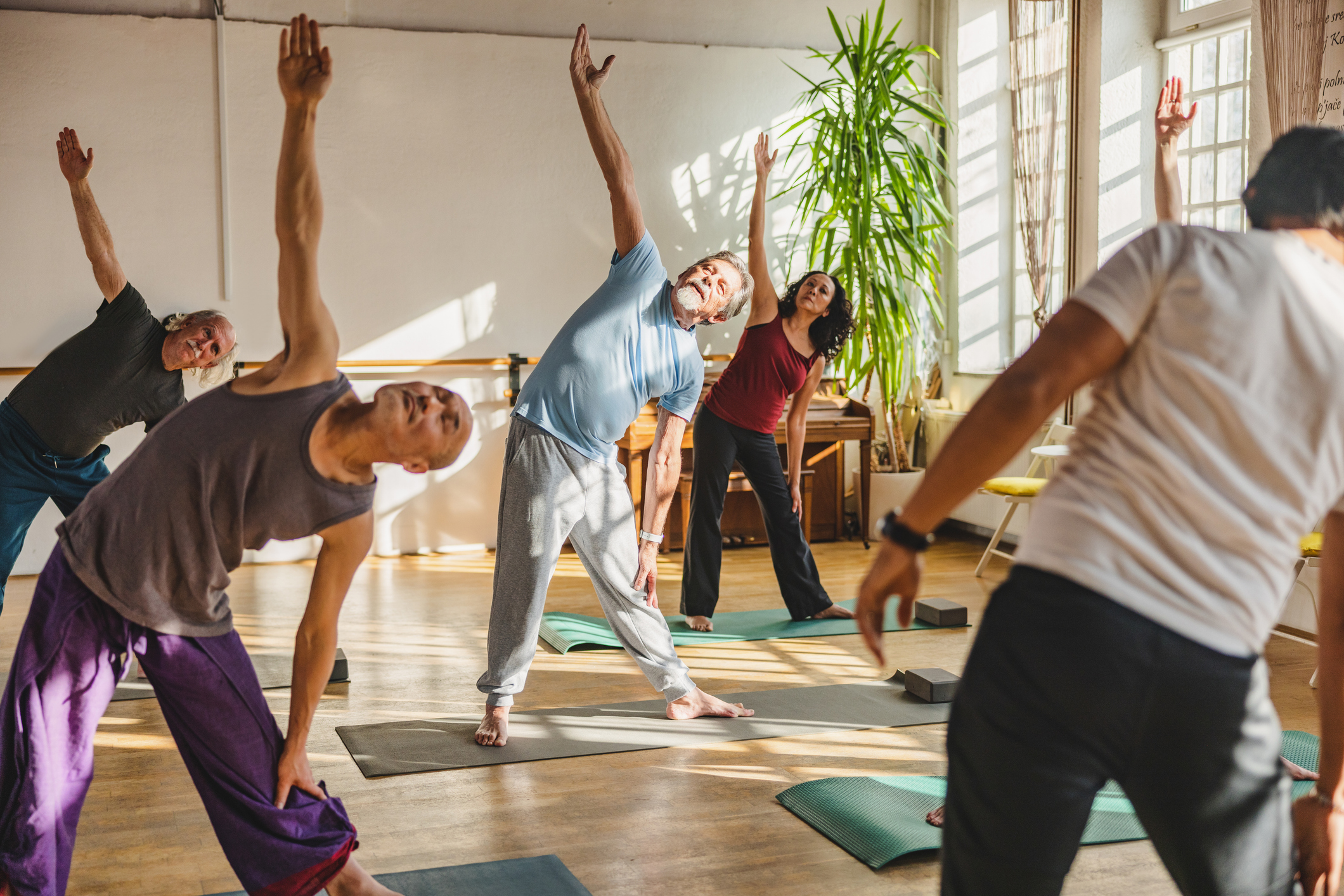Get Easy Health Digest™ in your inbox and don’t miss a thing when you subscribe today. Plus, get the free bonus report, Mother Nature’s Tips, Tricks and Remedies for Cholesterol, Blood Pressure & Blood Sugar as my way of saying welcome to the community!
New exercise trend brings out your inner-animal strength

Observation shows that animals in nature appear healthier than we humans. I mean, when was the last time you saw an obese giraffe, a lion with arthritis, or a depressed chicken? Most of the animals I see (at the zoo and on television, anyway) look fit and well. One thing I admire about the Chinese is that over the centuries they have continually looked to animals in nature on which to base their methods of physical culture. And recently, a new method of exercise based on the movements of four legged animals has sprung up once again in China.
Animals and Chinese physical culture
The term ‘physical culture’ may be a bit old-timey, but it really encapsulates all things related to moving the body. In China, this includes calisthenics, stretching, bodywork, kung-fu, qigong, tai chi, sports and other exercises. What makes Chinese physical culture interesting is how the early Daoists and Buddhists created movement methods based on their observation of animals in nature.
Many forms of Chinese qigong (breath-based energy cultivation exercises) and martial arts (self-defense systems) are based on “forms” of animal movements.
Animal forms of Kung-fu
For kung-fu, there is the tiger/crane system, the white crane system, monkey boxing, dog boxing, eagle claw, snake fist, and so on. The movements and techniques that make up these self-defense arts are based on the movement characteristic of specific animals (or insects, like mantis boxing). It’s quite fascinating to see the various forms demonstrated, and to practice them is an experience most interesting. Each “animal system” has a different physical structure, energy movement, and spirit that are brought forth during practice and application.
Animal forms of Qigong
Where Chinese Qigong health systems are concerned, the spirit and movement of animals also has played a major role in the development and diversity of systems. One of the oldest wellness exercises in China is known as Wu Qin Xin, or the “Five Animal Frolics.” This system is said to have been developed by the legendary Hua Tuo, who is also credited with developing Chinese herbal medicine and surgical methods.
One of the key tenets of traditional Chinese medicine (TCM) is prevention of disease. As such, Hua Tuo developed the Five Animal Frolics as a means of self-regulated breathing and stretching exercises. In other words, exercises to do on your own to prevent pain and illness and the need for a doctor.
The five animals whose movements are mimicked are the dragon, tiger, leopard, snake, and crane. Each of the animal movements moves the body in a different way and direction and so helps regulate the function of specific internal organs. This is not just mere cardiovascular gymnastics. The kidneys are supported by the movements of the dragon; the lungs by the movements of the tiger; the liver by the movements of the leopard; the spleen by the movements of the snake; and the heart by the movements of the crane.
Five Animal Frolics qigong, like other qigong methods and application of acupuncture, are meant to stimulate energy movements and blood flow within specific organs. And each organ, according to the theories of TCM, is paired in their ability to act upon or be acted upon by another. For example, the lung and large intestine are paired organs. So when one is nervous to speak in public, say, they may hyperventilate and may have nervous cramps in their intestines. This is a co-pattern of the lungs and large intestines.
What’s more, the body energy is believed to run from one organ to the next. From the lungs to the large intestines, to the stomach to the spleen, to the heart and to the small intestines and so on in this paired organ scheme. As such, when one engages in “self-regulating” exercises like the “dragon postures” of Five Animal Frolics, which supports the kidneys, the bladder is also being “worked on” as it is the paired organ. In this method, a small number of postures and movements can essentially massage and stretch the body and invigorate all of the major organ systems, as well as tone the muscles. It’s quite genius, really.
China’s newest animal exercise trend
Recently, the BBC reported on China’s latest animal-inspired exercise trend. It is based on simply walking like an animal. That is, bending over and walking on “all fours” (hands and feet). According to the news report, “Lu Peiwan, deputy chief physician at Henan Province Hospital, says it improves some muscles which humans don’t often use, and can help to strengthen ligaments and bones.”
I, for one, am not sure how I feel about this latest iteration of Chinese animal-exercise, as humans have evolved into bi-peds, and walking on all fours can put quite a bit of strain on the wrists and knees, and send a lot of blood to the head. Not to mention, strain on the low back and a quick way to hit the head on the street should arm strength give way.
This one we’ll have to wait and see if it takes hold and endures for centuries like the above-mentioned animal based kung-fu and qigong systems. In the meantime, see if you can find a local qigong or martial arts teacher offering “animal-based” physical culture. If none are available, have a look on Youtube for videos and follow along just for fun and the experience. These Chinese physical culture systems based on animal movements will give you a fresh perspective on your own body, and can help bring you to wellness in ways you may not have imagined.












